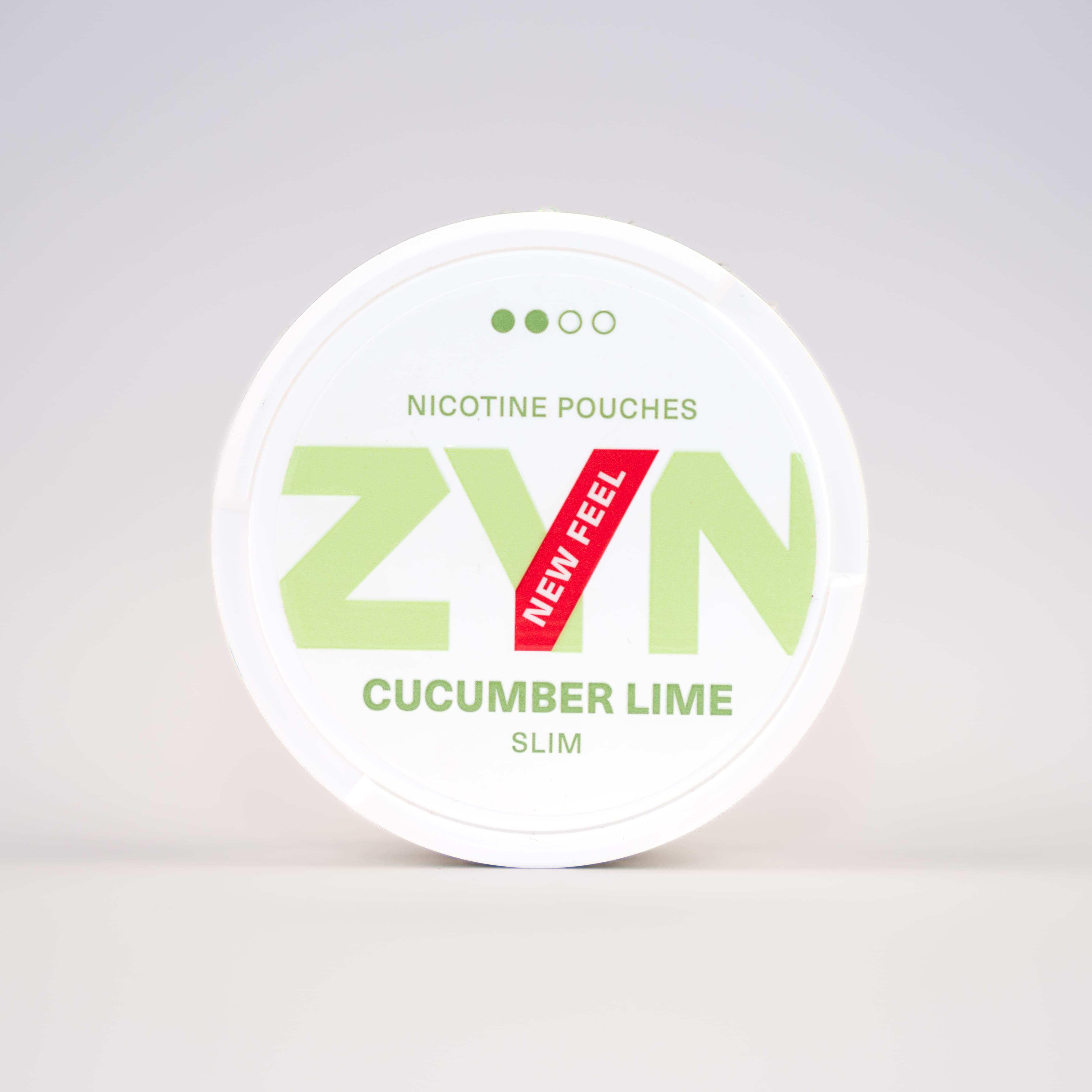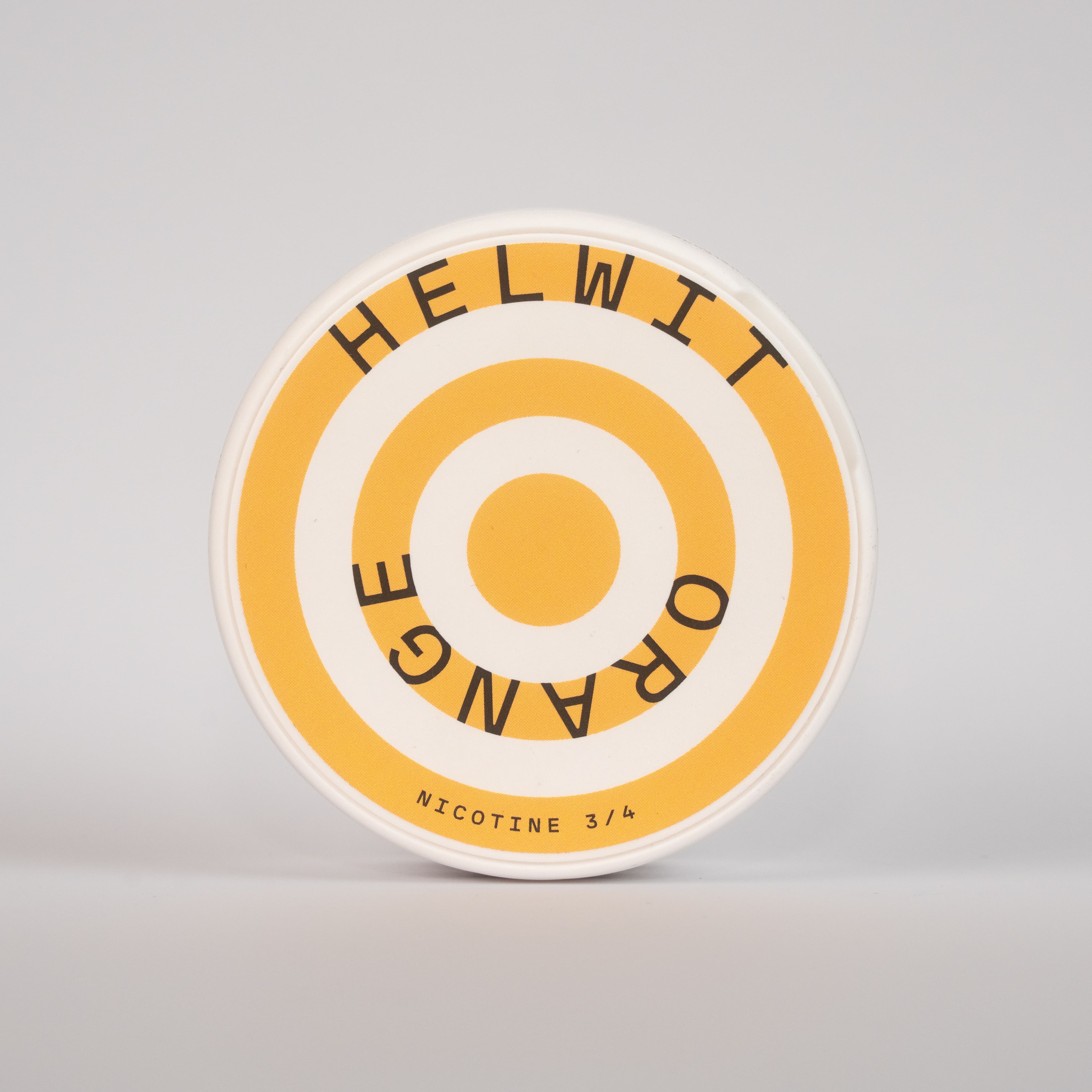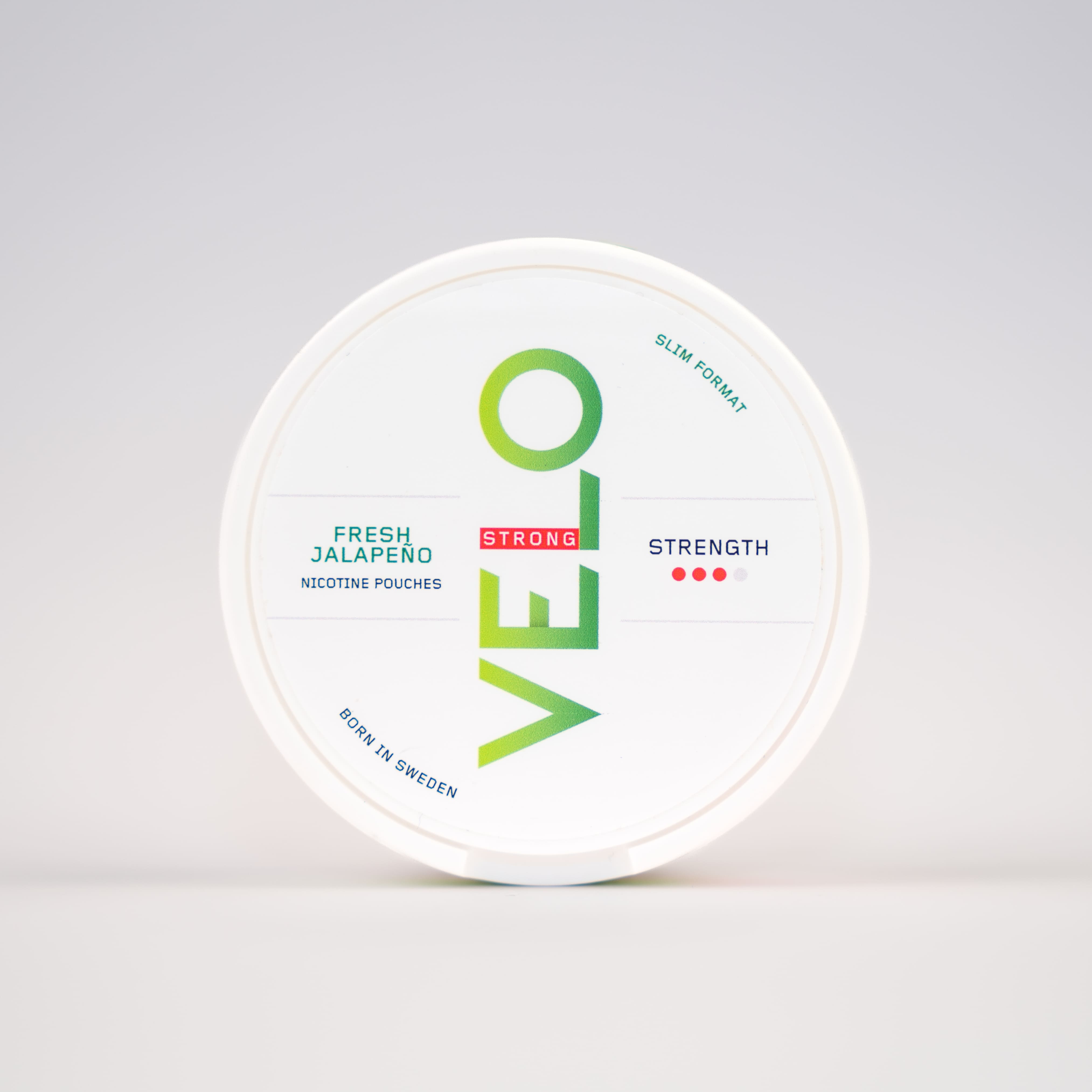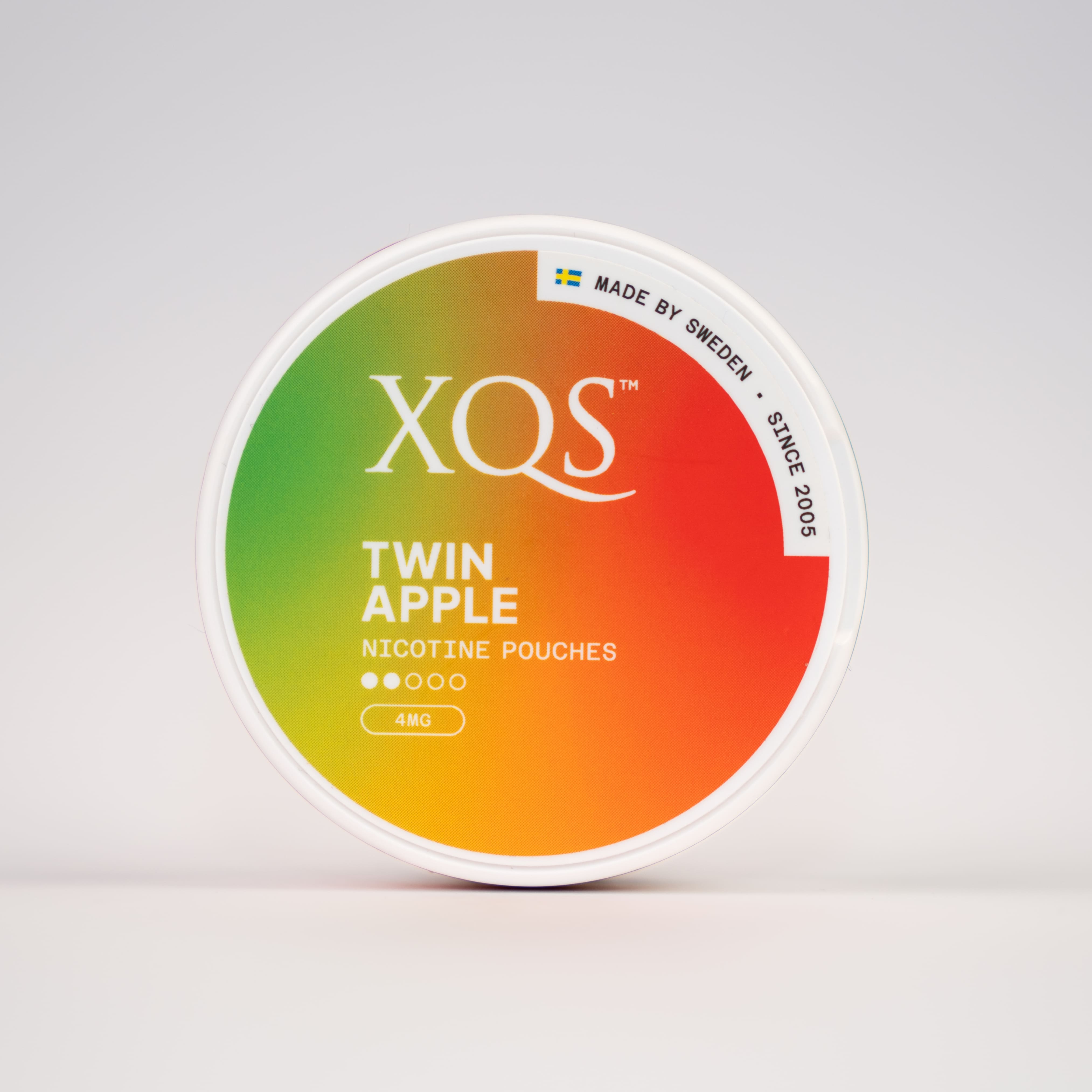We visited the biggest factory in Sweden for nicotine and what an experience it was!
[mobile_category_filter]

Here is our detailed description of how the manufacturing process goes from start to finish.
-
Nicotine Extraction:
– Raw Material Handling: Tobacco leaves are collected and stored.
– Extraction Machines: Tobacco leaves are processed with solvents in extraction machines to extract the nicotine.
– Purification Equipment: The nicotine solution is purified using filtration and distillation equipment to remove unwanted substances and concentrate the nicotine.
-
Ingredient Mixing:
– Mixing Tanks: The purified nicotine is mixed with other ingredients in large mixing tanks. Ingredients may include fillers (cellulose or other neutral carriers), flavorings, sweeteners, and pH-regulating agents.
– Homogenizers: Homogenizers are used to ensure a uniform mixture of all ingredients, creating a finely dispersed, homogeneous mass.
-
Portion Manufacturing:
– Molding Machines: The mixture is fed into molding machines that portion and shape small amounts of the mixture.
– Pouch Filling Machines: Molding machines are connected to pouch filling machines that place the mixture into small, porous pouches. These machines ensure that each pouch contains the correct amount of mixture.
– Sealing Machines: Pouches are sealed to keep the contents in place and prevent leakage.
-
Packaging:
– Packaging Lines: The finished portions are transported to packaging lines where they are packed into plastic or metal containers to ensure product freshness.
– Automatic Labeling Machines: Containers are labeled with product information, warnings, and labeling using automatic labeling machines.
– Packaging Machines: The finished and labeled containers are packed into cartons for distribution.
-
Quality Control:
– Sampling and Analysis: Samples are regularly taken throughout the manufacturing process to test nicotine content, flavor, and consistency. This may be done using gas chromatography and mass spectrometry to analyze chemical compositions.
– Visual Inspection and Testing: Manual and automated systems are used to inspect pouches and containers to ensure they meet quality standards.
– Physical Testing: Machines measuring strength, moisture, and other physical properties are used to ensure product quality.
-
Distribution:
– Logistics and Storage: Finished products are stored in climate-controlled warehouses to preserve their quality before being distributed to retail outlets or directly to consumers.
– Transport Vehicles: Specialized transport vehicles with temperature control are used to ensure products remain fresh during transportation.







